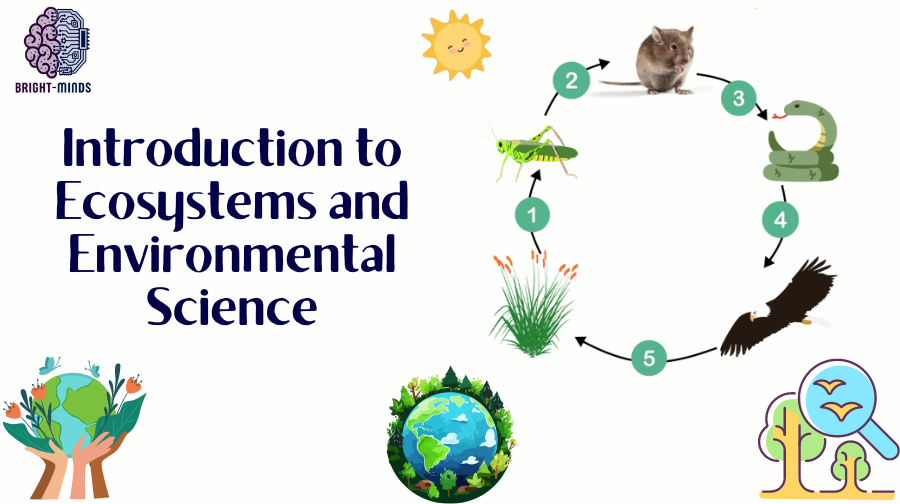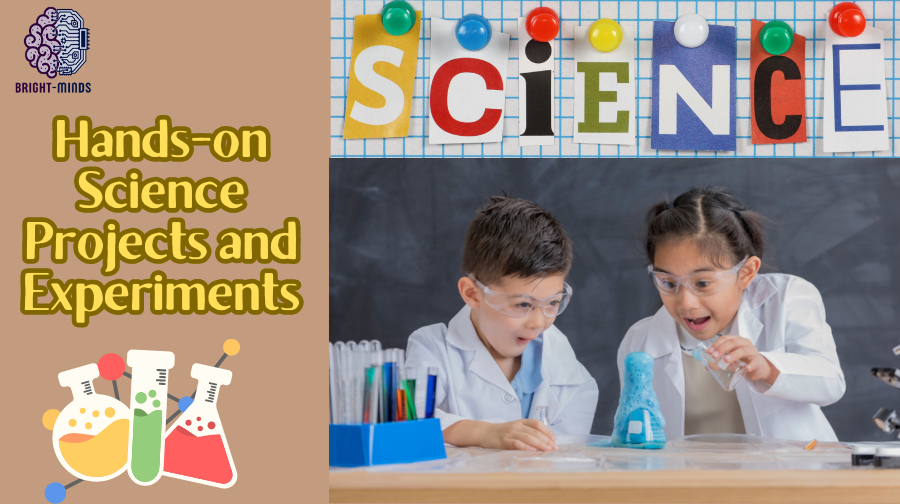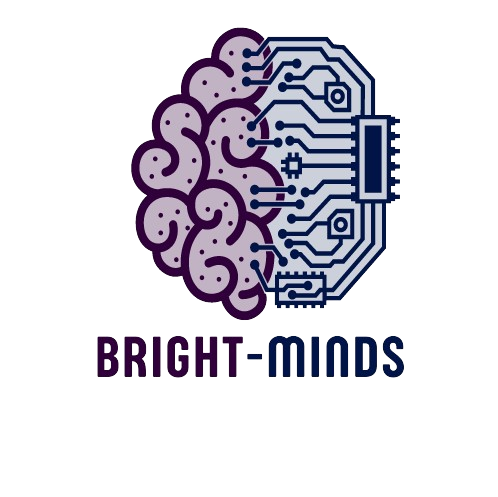
Fun and engaging science lessons for Class 4 & 5. Learn about plants, animals, the human body, and more Easy-to-understand explanations & interactive activities
Science education in Class 4-5 plays a critical role in shaping a child’s understanding of the world. During these formative years, students are introduced to fundamental scientific concepts that lay the groundwork for more advanced studies in later grades. The curriculum focuses on nurturing curiosity, encouraging inquiry, and developing a scientific mindset. This article delves into the key areas of science education for Class 4-5, exploring essential topics, teaching strategies, and the importance of hands-on learning.
Core Scientific Concepts for Class 4-5
1. Understanding the Natural World
At this stage, students begin to explore the natural world more systematically. Key topics include:
- Plants and Animals: Understanding the classification of living organisms, their habitats, and life cycles. Students learn about different types of plants and animals, their physical characteristics, and how they adapt to their environment.
- Human Body: Introduction to the basic structure and functions of the human body, including major organs and systems such as the digestive, respiratory, and circulatory systems.
- Ecosystems: An introduction to ecosystems and the interdependence of living organisms. Students learn about food chains, food webs, and the balance of nature.
2. Physical Sciences
Students are introduced to basic concepts in physical sciences, which form the foundation for more complex topics in higher grades.
- Matter and Its Properties: Understanding the states of matter—solid, liquid, and gas—and their properties. Students learn about changes in states of matter through processes like melting, freezing, evaporation, and condensation.
- Force and Motion: Basic principles of force, motion, and energy. Students explore the effects of push and pull forces, gravity, and friction on objects.
3. Earth and Space Science
The curriculum also covers topics related to the Earth and its place in the universe.
- Weather and Climate: Understanding weather patterns, climate zones, and the water cycle. Students learn to observe and record weather data and understand the impact of weather on daily life.
- Solar System: Introduction to the solar system, including the sun, planets, moons, and other celestial bodies. Students explore the movements of the Earth and moon and their effects, such as day and night and the phases of the moon.
Teaching Strategies for Effective Science Education
1. Hands-On Learning
Hands-on learning is essential for students in Class 4-5 as it allows them to directly engage with scientific concepts. Activities such as simple experiments, model building, and interactive simulations help students grasp abstract concepts more effectively. For example:
- Plant Growth Experiment: Students can plant seeds and observe their growth under different conditions (light, water, soil type) to understand the factors that affect plant life.
- Magnetism: Experiments with magnets can help students explore the properties of magnets, magnetic fields, and how magnets interact with different materials.
2. Encouraging Inquiry and Curiosity
Teachers should encourage students to ask questions and seek answers through observation and experimentation. Inquiry-based learning fosters critical thinking and problem-solving skills. For instance:
- Science Journals: Students can maintain science journals where they record their observations, hypotheses, and conclusions from experiments.
- Group Discussions: Collaborative discussions on scientific phenomena encourage students to share ideas, debate, and refine their understanding.
3. Integrating Technology
Technology can enhance science education by providing interactive and multimedia resources that bring scientific concepts to life. Digital tools like educational videos, virtual labs, and science apps can make learning more engaging and accessible.
- Virtual Field Trips: Students can explore ecosystems, visit space observatories, or take a tour of the human body through virtual field trips.
- Interactive Simulations: Online simulations allow students to experiment with variables in a controlled environment, such as mixing chemicals in a virtual lab to observe reactions.
Understanding Human Body Systems
At the core of biology, students in Class 4-5 learn about the fundamental systems that keep the human body functioning. Here’s a breakdown of the essential human body systems covered at this level:
- Digestive System:
- Function: Understanding how food is broken down into nutrients that the body can use.
- Key Organs: Mouth, stomach, intestines, and liver.
- Activities: Simple experiments like observing how saliva breaks down food can be conducted.
- Respiratory System:
- Function: Exploring how the body takes in oxygen and expels carbon dioxide.
- Key Organs: Lungs, trachea, and diaphragm.
- Activities: Building a model of the lungs using balloons and plastic bottles to demonstrate inhalation and exhalation.
- Circulatory System:
- Function: Understanding how blood circulates through the body, delivering oxygen and nutrients.
- Key Organs: Heart, blood vessels, and blood.
- Activities: Observing the pulse rate before and after exercise to understand how the heart works harder during physical activity.
- Skeletal System:
- Function: Learning about the bones that provide structure and support to the body.
- Key Components: Bones, joints, and cartilage.
- Activities: Constructing a simple skeleton model to identify major bones and joints.
- Nervous System:
- Function: Exploring how the brain and nerves control body functions.
- Key Organs: Brain, spinal cord, and nerves.
- Activities: Simple reaction time experiments to demonstrate how quickly the nervous system responds to stimuli.
Introduction to Simple Machines
In Class 4-5, students are introduced to basic physical science concepts through the study of simple machines. These are devices that make work easier by allowing us to push or pull objects over a distance. Understanding simple machines helps students grasp the principles of physics and engineering at an elementary level.
- Types of Simple Machines:
- Levers: Understanding how a seesaw or a crowbar works to lift objects.
- Pulleys: Exploring how pulleys can make it easier to lift heavy objects, using examples like flagpoles or window blinds.
- Inclined Planes: Learning how ramps help move objects to a higher place with less effort, as seen in wheelchair ramps.
- Wedges: Understanding how a wedge splits objects apart, similar to an axe or a knife.
- Screws: Discovering how screws convert rotational force into linear movement, such as in bolts and jar lids.
- Wheels and Axles: Observing how wheels reduce friction to make it easier to move objects, such as in cars or bicycles.
- Practical Applications:
- Students can engage in hands-on projects, such as creating their own pulley systems or constructing simple lever models to see these principles in action.
- Demonstrations using household items can effectively show how simple machines are part of everyday life.
Introduction to Ecosystems and Environmental Science

At this stage, students begin to understand the broader concept of ecosystems and their importance in maintaining life on Earth. Environmental science becomes a crucial topic as students learn about the interconnectedness of all living things and their habitats.
- Ecosystems:
- Components: Understanding biotic (living) and abiotic (non-living) components of ecosystems.
- Types of Ecosystems: Introducing various ecosystems such as forests, deserts, oceans, and freshwater ecosystems.
- Food Chains and Webs: Learning how energy is transferred from one organism to another through food chains and food webs.
- Environmental Science:
- Pollution: Discussing the different types of pollution (air, water, soil) and their impact on ecosystems.
- Conservation: Exploring the importance of conserving natural resources and protecting endangered species.
- Climate Change: Introducing the concept of climate change and its effects on global ecosystems.
- Interactive Learning:
- Students can engage in activities like creating small ecosystem models in a shoebox or conducting water filtration experiments to understand pollution.
- Encouraging participation in recycling programs or community clean-ups to reinforce the importance of environmental stewardship.
Hands-on Science Projects and Experiments

Hands-on science projects and experiments are vital for reinforcing theoretical knowledge and sparking a deeper interest in science. These activities allow students to apply what they’ve learned in class, encouraging critical thinking and problem-solving.
- Human Body Models:
- Creating models of the human body systems using clay, cardboard, or digital tools to visualize how the systems work together.
- Simple Machine Projects:
- Building working models of simple machines, such as a lever or pulley, using everyday materials.
- Ecosystem Dioramas:
- Constructing dioramas that represent different ecosystems, complete with animals, plants, and environmental features.
- Weather Stations:
- Setting up a basic weather station to track local weather patterns, learning about temperature, wind speed, and precipitation.
- Environmental Impact Studies:
- Conducting small-scale environmental impact studies, such as observing the effects of pollution on plant growth.
Conclusion
Science education in Classes 4 and 5 lays the groundwork for a lifelong interest in scientific inquiry and discovery. By understanding human body systems, simple machines, ecosystems, and environmental science, students gain essential knowledge that prepares them for more advanced studies. Coupled with hands-on projects and experiments, this approach ensures that young learners not only grasp scientific concepts but also develop the skills necessary to apply them in real-world situations.
you may be interested in this blog here:-
Numeracy Skills for Pre-Primary Building a Strong Foundation
